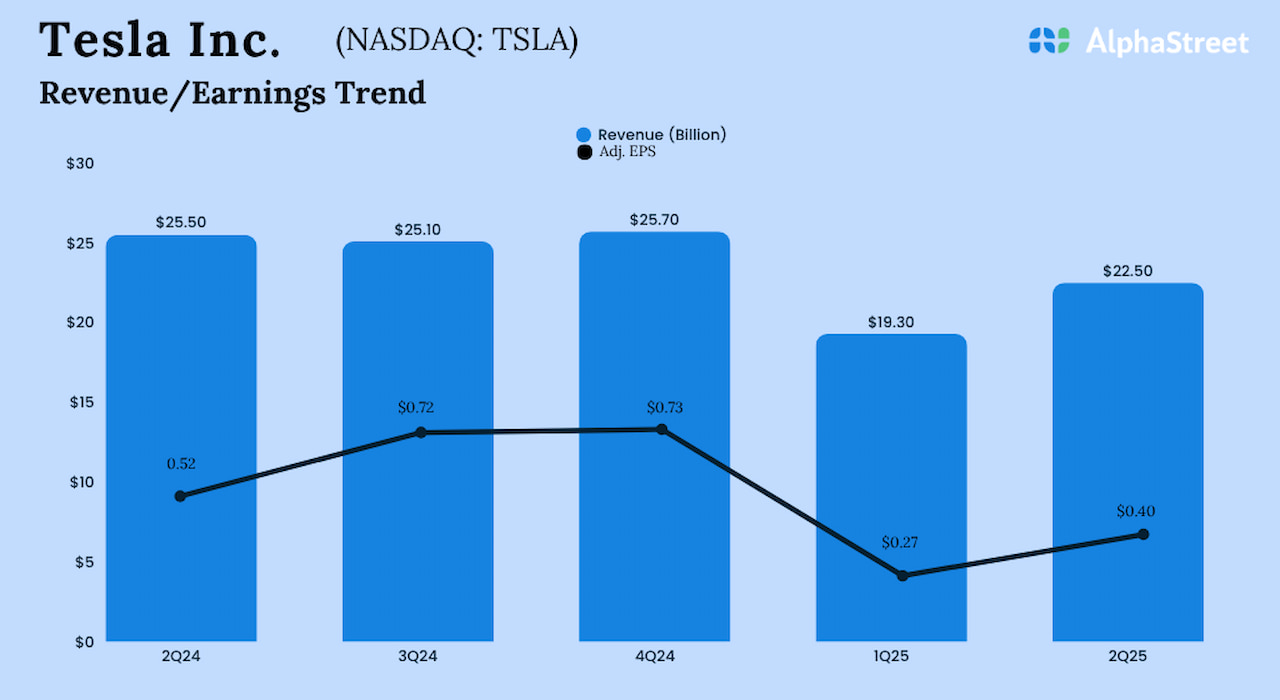S&P 500 futures were down more than a full percentage point this morning, after markets in Asia and Europe sold off heavily in reaction to two small regional U.S. banks that reported exposure to a potentially fraudulent loan worth only $60 million.
The “contagion”—as ING called it in a note this morning—spread to Nasdaq 100 futures, which were down 1.4% this morning. The VIX “fear” index (which measures volatility) spiked 32% today. It has not been that high since President Trump roiled the market with his Liberation Day tariffs in April.
Until yesterday afternoon, few people outside of Utah and Arizona had ever heard of Zions Bancorporation or Western Alliance Bank. The lenders disclosed that they were exposed to $50-$60 million in bad loans that were potentially fraudulent.
What happened next was extraordinary: 74 American bank stocks lost $100 billion in market cap as the S&P 500 declined 0.63%. “The S&P Regional Banks Select Industry Index fell 6.3% on Thursday – the worst fall since Liberation Day,” Peter Schaffrik of RBC told clients in a note this morning.
Investors are spooked by the First Brands scandal, in which the car parts supplier took more than $10 billion in loans on the private credit market and then went bankrupt.
Although Goldman Sachs, JPMorgan and Citi all used their earnings calls this week to insist that their due diligence in rating the loans they give out to companies via private credit is both diversified and sound, traders this morning are running for the hills.
In Europe, the Stoxx 600 and the FTSE 100 both lost more than a full percentage point immediately after they opened.
ING’s Francesco Pesole noted, “The contagion to other risk assets shows not only that markets are still sensitive to regional bank concerns (a legacy of SVB’s 2023 collapse), but potentially to the broader credit market, which has been operating on exceptionally tight spreads over the past few months.”
It is even hurting the dollar, which was down 0.08% this morning and has lost 0.73% of its value against foreign currencies in the last five days, as measured by the DXY index.
“Unlike in 2023, the risks appear more isolated this time, but they could feed into a narrative that the U.S. business environment and credit quality are in a poorer state than what data suggests, perhaps also due to AI distortions. Expect great scrutiny over upcoming regional bank earnings, with any further spillover into U.S. stocks set to extend the dollar sell-off,” Pesole said.
Peter Sidorov and his colleagues at Deutsche Bank told clients that the selling had moved into high-yield credit as investors switched into the safe haven of U.S. government bonds. “Other risk assets also struggled, with US HY credit spreads +10bps wider. Treasuries rallied with the 2yr yield dropping -7.3bps to a 3-year low of 3.42%,” he said.
Chatter among analysts is gloomy. “Inside credit markets for more than a year, there has been a grudging recognition that there was and is a series of credit problems that could be substantial and could be dangerous to the overall economy,” Andrew Milgram, chief investment officer of Marblegate Asset Management told the Financial Times.
Finally, banks have unexpectedly borrowed money via the U.S. Federal Reserve’s “repo” facility for a second straight day. They normally only do that at the end of the month or the quarter, the Wall Street Journal said—suggesting the supply of cash reserves at some banks is tighter than expected.
Here’s a snapshot of the markets ahead of the opening bell in New York this morning:
S&P 500 futures were down 1% this morning. The index closed down 0.63% in its last session.
STOXX Europe 600 was down 1.58% in early trading.
The U.K.’s FTSE 100 was down 1.61% in early trading.
Japan’s Nikkei 225 was down 1.44%.
China’s CSI 300 was down 2.26%.
The South Korea KOSPI was flat.
India’s Nifty 50 was up 0.47% before the end of the session.
Bitcoin was down to $104.9K.






















